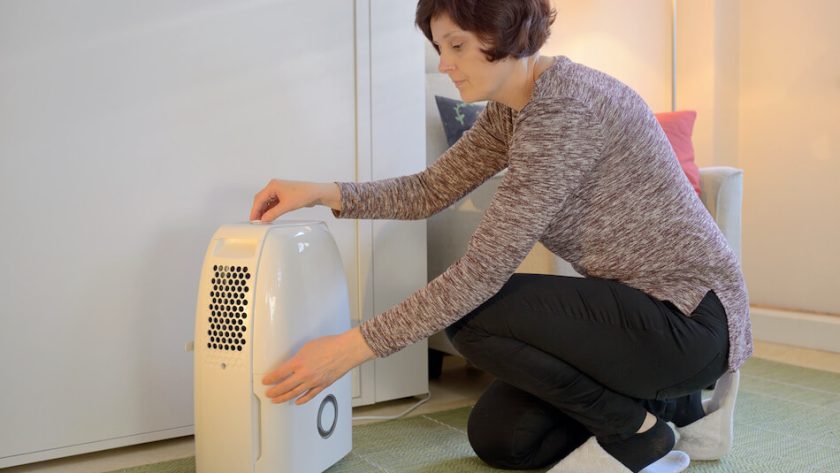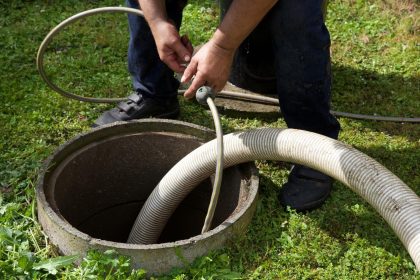Humidity can make your home feel uncomfortable and even cause damage to your belongings. High humidity can also lead to the growth of mold and mildew, which can be harmful to your health. Fortunately, there are several ways to lower the humidity in your house. In this blog post, we will discuss some effective methods for lowering the humidity in your home.
Use a Dehumidifier
A dehumidifier is an appliance that removes excess moisture from the air. It works by drawing in humid air, cooling it down to remove the moisture, and then blowing the dry air back out. Dehumidifiers come in various sizes and capacities, so you’ll need to choose one that is appropriate for the size of your home. To use a dehumidifier, place it in the room where the humidity is highest, such as a basement or bathroom, and let it run for several hours a day.
Use Ventilation
Ventilation is another effective way to lower humidity in your home. Opening windows and doors can help to increase air circulation and reduce moisture. You can also use exhaust fans in your bathroom and kitchen to remove excess moisture from the air. If your home has a crawl space or attic, make sure that it is properly ventilated to prevent moisture buildup.
Fix Leaks and Seal Cracks
Leaking pipes or cracks in your home’s foundation can cause moisture to enter your home, increasing the indoor humidity level. Fixing leaks and sealing cracks can help to reduce the amount of moisture that enters your home. Check your pipes, windows, doors, and foundation for any leaks or cracks, and fix them as soon as possible.
Use Air Conditioning
Air conditioning not only cools down your home but also removes moisture from the air. If your home has central air conditioning, make sure that it is properly maintained and that the filter is changed regularly. If you don’t have central air conditioning, you can use a window unit or portable air conditioner to reduce humidity in your home.
Use Natural Methods
Certain natural methods can help to lower humidity in your home. One effective method is to use plants that absorb moisture, such as Boston ferns, spider plants, and peace lilies. You can also use natural materials, such as bamboo charcoal, to absorb moisture from the air. Another natural method is to place bowls of uncooked rice or kitty litter around your home to absorb moisture.
Use Appropriate Sealing
An essential step in lowering humidity and preventing moisture from entering your home is using high-quality sealing products. The Crommelin sealing range offers some of the best commercial products for sealing leaks and cracks in your home’s foundation, windows, and doors. By investing in reliable sealing solutions like Crommelin, you can effectively reduce indoor humidity levels and safeguard your home against damage caused by excess moisture. Remember to regularly inspect your home for potential leaks and cracks, and choose the appropriate sealing product to ensure long-lasting protection and improved indoor comfort.
Conclusion
High humidity levels in your home can cause discomfort and even damage to your belongings. Fortunately, there are several effective ways to lower humidity in your home. By using a dehumidifier, ventilation, fixing leaks and cracks, using air conditioning, and natural methods, you can reduce humidity levels and create a more comfortable and healthy living environment. Remember to choose the method that works best for your home and your specific needs.





